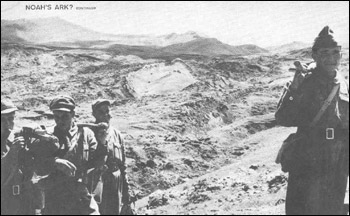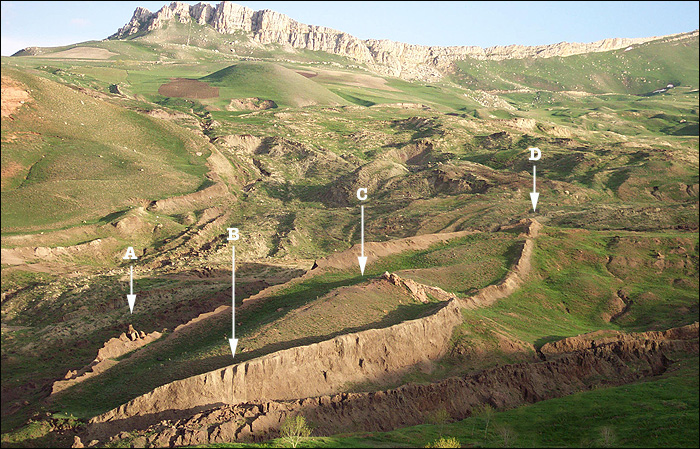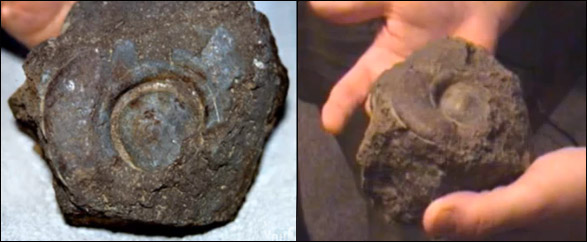Turkish army captain Llhan Durupinar made an amazing discovery back in 1959. As he was looking over aerial photos of his country he noticed a very strange shape among them. It was smooth and even larger than a football field at over 6,300 feet altitude near the Turkey-Iran border.
Turns out… it’s believed to be Noah’s Ark — yes, THAT Noah and THAT Ark.
According to Genesis chapters 6-9, the vessel was constructed by Noah saves himself, family, and the various species of the world when God floods the earth for 40 days and 40 nights.
Why isn’t this more widely known? Is there on-going research into this find? It’s interesting to me, whether or not it is surely Noah’s Ark. What happened here?
As written by Dan Eden for ViewZone:
Capt. Durupinar was familiar with the biblical accounts of the Ark and its association with Mount Ararat in Turkey, but he was reluctant to jump to any conclusions. The region was very remote, yet it was inhabited by small villages. No previous reports of an object this odd had been made before. So he forwarded the photographic negative to a famous aerial photography expert named Dr. Brandenburger, at Ohio State University.
Brandenburger was responsible for discovering the Cuban missile bases during the Kennedy era from reconnaissance photos, and after carefully studying the photo, he concluded: “I have no doubt at all, that this object is a ship. In my entire career, I have never seen an object like this on a stereo photo.”

[…]
The first part of the survey was to examine the object and take its measurements. The shape looked like the hull of a ship. One end was pointed as you would expect from bow [below: D] and the opposite end was blunt like a stern. The distance from bow to stern was 515 feet, or exactly 300 Egyptian cubits. The average width was 50 cubits. These were the exact measurements mentioned in the Bible.

[…]
The human eye needs to see reflected light to recognize an object. To visualize what remains below the earth, scientists use microwaves which can penetrate the ground and bounce back when they hit something solid. This technique is commonly used to locate oil and other minerals. Called Ground Penetrating Radar (GPR), the apparatus is made from an antenna that transmits, then listens to receive the “echo” and prints the result on a piece of paper. The delay and strength of this echo tell the geologists how solid and at what depth the objects are under the earth.

[…]
Perhaps the most significant find from the Ark itself is a piece of petrified wood. When this was first found it appeared to be a large beam. But upon closer examination it is actually three pieces of plank that have been laminated together with some kind of organic glue! This is the same technology used in modern plywood. Lamination makes the total strength of the wood much greater than the combined strength of the pieces. This suggests a knowledge of construction far beyond anything we knew existed in the ancient world.

Examination reveals the glue oozed from the layers. The outside of the wood appears to have been coated with bitumen.
[…]
The most surprising find was discovered with sensitive metal detectors. The team located several strong “hits” that, when dug up, revealed large disc shaped rivets. From simple observation of the metal it was possible to see where the rivet had been hammered after being inserted through a hole [below].

An analysis of the metal used to make the rivets revealed that they were a combination of iron (8.38%), aluminum (8.35%) and titanium (1.59%). Remember these trace metals have survived petrification and so do not indicate the exact content in the original material. (see Report from Galbraith Labs)
Photo Sources: http://www.viewzone.com/noahx.html

